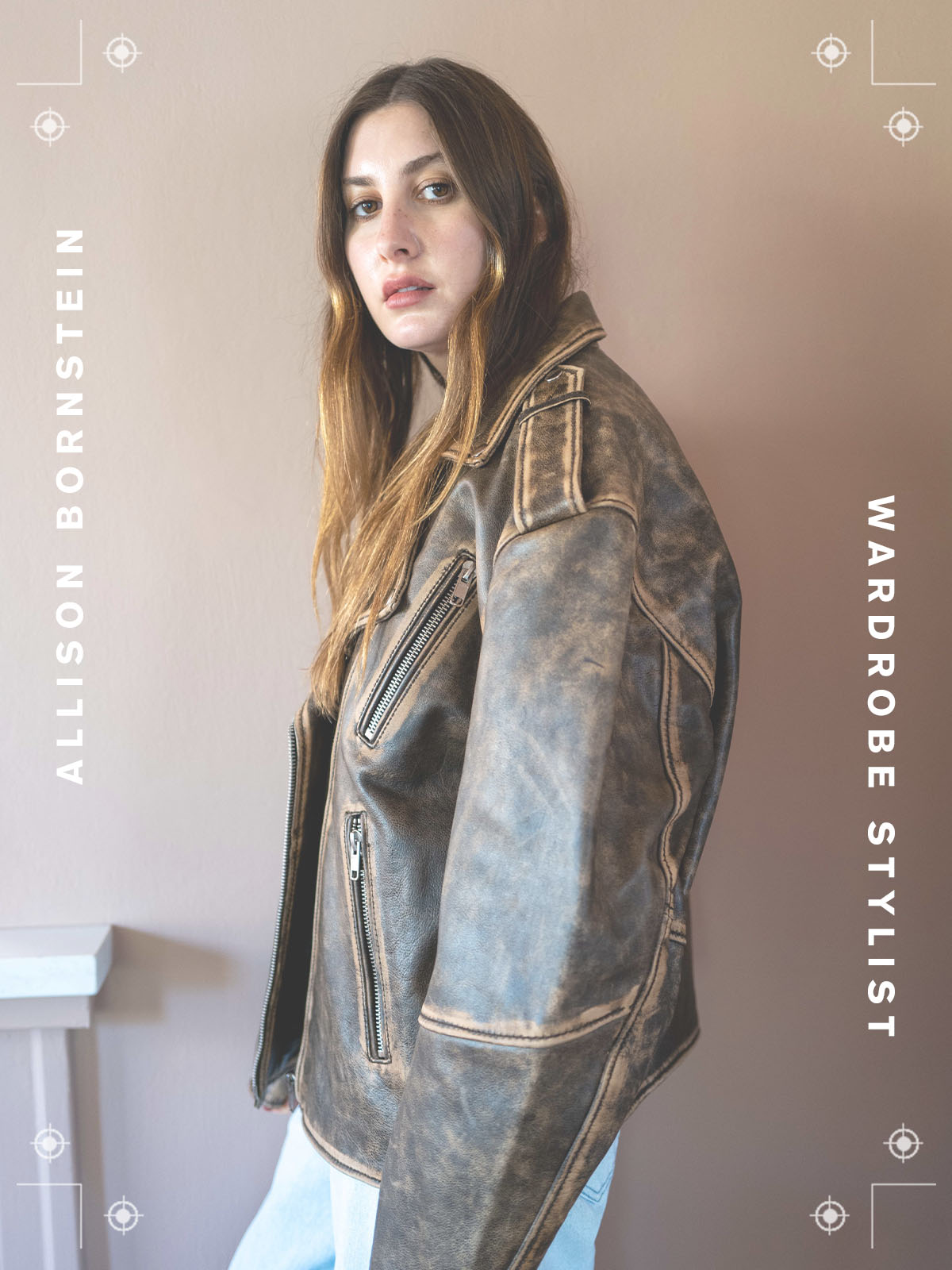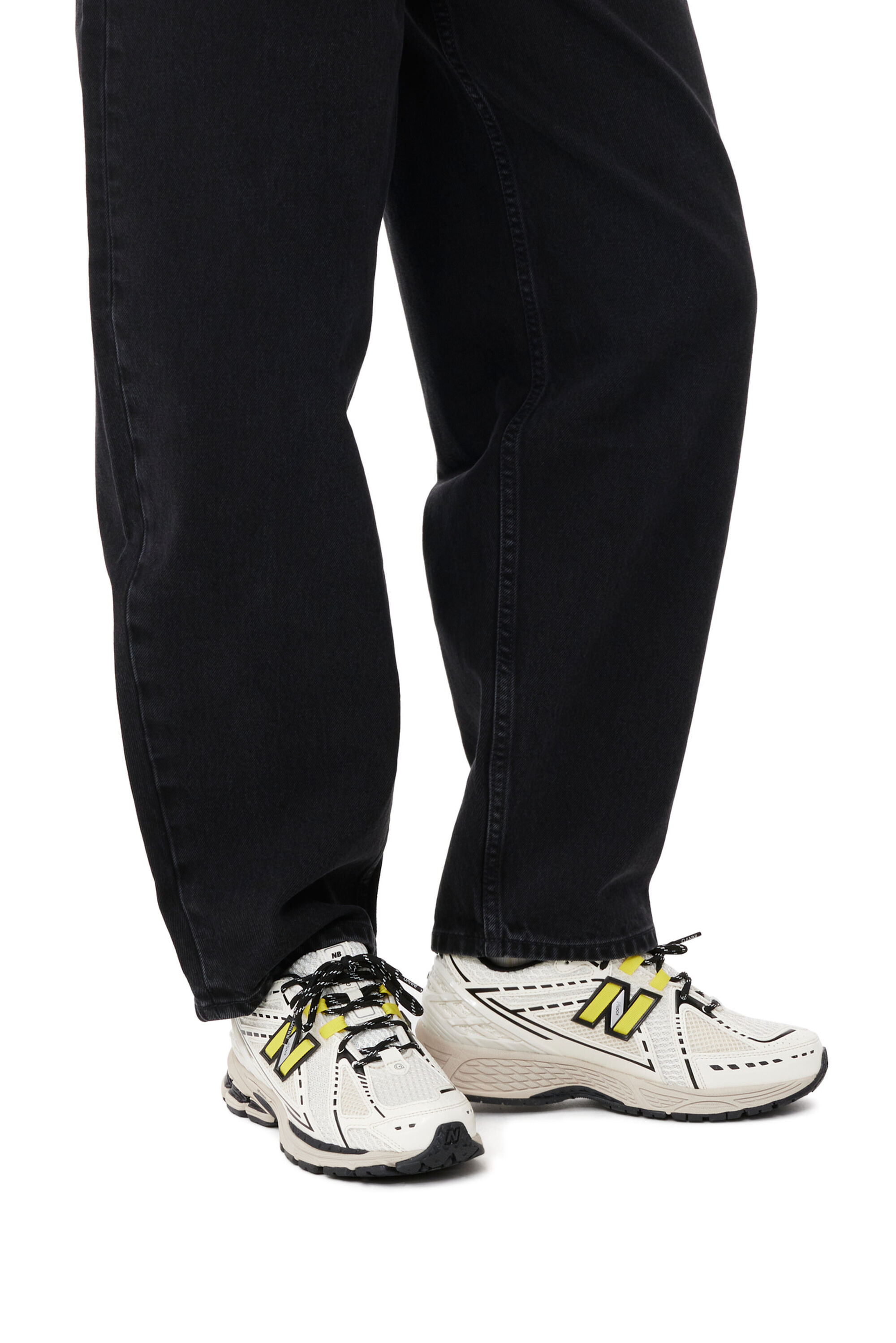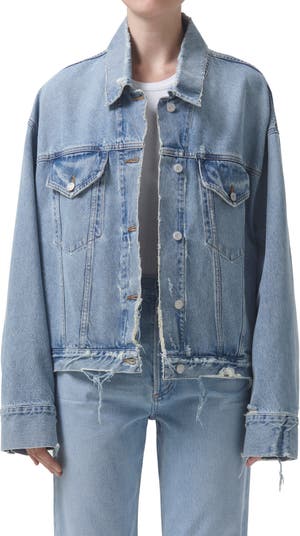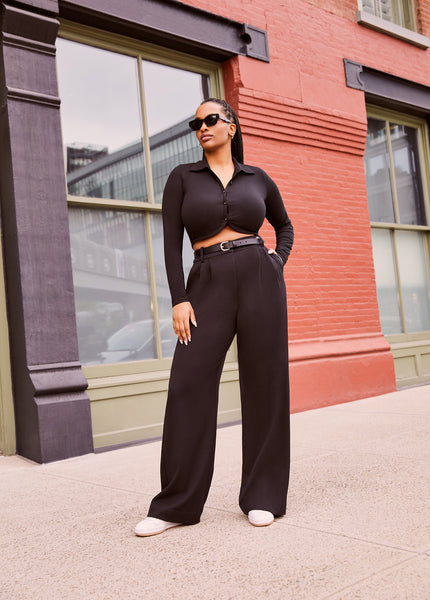The Barrier Preventing You From Discovering Your Personal Style

Welcome to our podcast, Who What Wear With Hillary Kerr. Think of it as your direct line to the designers, stylists, beauty experts, editors, and tastemakers who are shaping the fashion-and-beauty world. Subscribe to Who What Wear With Hillary Kerr on Apple Podcasts and Spotify.
Retail therapy takes on a new meaning for stylist and wardrobe consultant Allison Bornstein. For Bornstein, personal style can be an act of self-care. "In order to have good style—or even just style that truly represents who you are—you have to have an understanding of who you are," she said. Bornstein believes that looking inward may be the solution to finding your personal style. "I think you have to really have a willingness to be curious about yourself and to be deep and to be vulnerable," Bornstein said.
During the pandemic, Bornstein began working with clients via FaceTime to help them find their personal style and curate their closets. Now, she has put her expertise and organizational systems down on paper with her first book, Wear It Well: Reclaim Your Closet and Rediscover the Joy of Getting Dressed, which hits shelves next month. For the latest episode of Who What Wear With Hillary Kerr, Bornstein shares what inspired her to write a book, the number one barrier to having the closet of your dreams, and more.
For excerpts from their conversation, scroll below.
Tell me a little bit about the process. Why did you think, "You know what? Let's put all this information together in a book"?
I was staying at my cousin's house, and I was doing my FaceTime styling sessions in her guest bedroom. In between each session, she would run in and be like, "Okay, who was she?" We would talk about each person, and then at the end of the day, we sat down, and we were talking about the women that I had met that day. We were kind of analyzing them.
Maybe it's crazy, but it was the first time that I was thinking about the clients on a larger scale. Of course, we all have individual struggles, but in talking to my cousin, I realized that there were almost prototypes that were emerging. Even though the specific issues and the wardrobes were totally different, the prescriptions were similar.
We all have different wardrobes and different struggles. A lot of us don't know our style, or we know it, but we're not confident to try, or we don't understand how to dress for our body or what we perceive our body to look like, or we don't understand what we have in our wardrobe, or we have shopping trauma. There are all these little buckets, and I feel like a lot of the solutions are similar, regardless of what your closet looks like.
You do such an amazing job in this book of really explaining personal style and presenting it, truthfully, as an act of self-care that can really open your world up to new possibilities. Can you talk to me a little bit about how you came to this philosophy?
In order to have good style—or even just style that truly represents who you are—you have to have an understanding of who you are. You have to do that work. You have to ask yourself, "Who am I? What do I like? What do I not like? Why? Why do I not like it? Why do I like it?" I think you have to really have a willingness to be curious about yourself and to be deep and to be vulnerable. It starts from within even though it seems like it's such an exterior type of thing, getting dressed. It does really start from within.
What do you think is the number one barrier to having the closet, the wardrobe, the personal style that you want?
The number one barrier is not having a vision. I don't mean that in like a manifestation way. But it's like, if you can't even picture what a dream closet would look like, there's no way you can achieve it. You really have to know and understand your style or what you want your style to be in order to make good decisions. You have to have some guidelines and some standards and some ideas because then you can shop and buy things that you feel are going to bring you closer to that ideal.
One of my favorite chapters in the book is "The Nine Universal Pieces," where you give us the basics that everyone should own. I'm hoping that you can walk our listeners through a few ways that, for example, a white T-shirt could be styled to accomplish different looks.
This was actually the hardest section for me to write because I didn't want it to feel like we all need the exact same things. But I feel like there are some specific silhouettes or some specific shapes that are just very helpful to have in your wardrobe. If you don't love white, it can be a black T-shirt. It can be a cream T-shirt. It can be a black tank top. It's just something that can act as a nice base layer.
In the book, I give three different ways to style it. Then I give three different three-word combinations and say how somebody with those three words is styling. Then I give three different celebrities and say how they would … style the white T-shirt. For example, I have classic, sporty, edgy. Maybe try a white T-shirt with leather trousers, sneakers, and an oversize denim jacket. Or Lauren Hutton would wear a white T-shirt with fitted trousers, a menswear-inspired black leather belt, and loafers. I have all these different ideas, which I think is fun and hopefully inspires people to think about their pieces in a new way.
This interview has been edited and condensed for clarity. Next, check out our interview with Net-a-Porter's market director, Libby Page.




